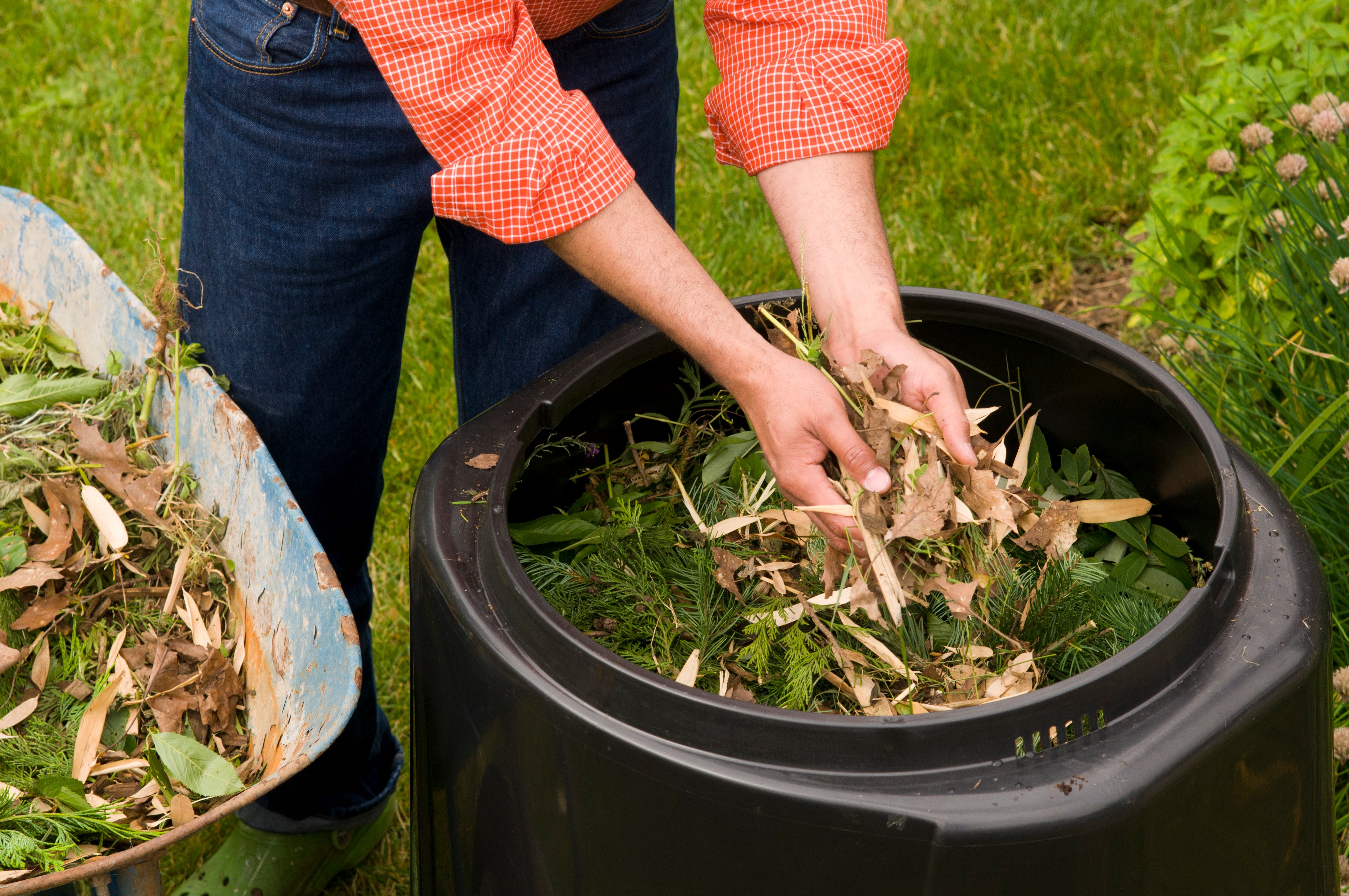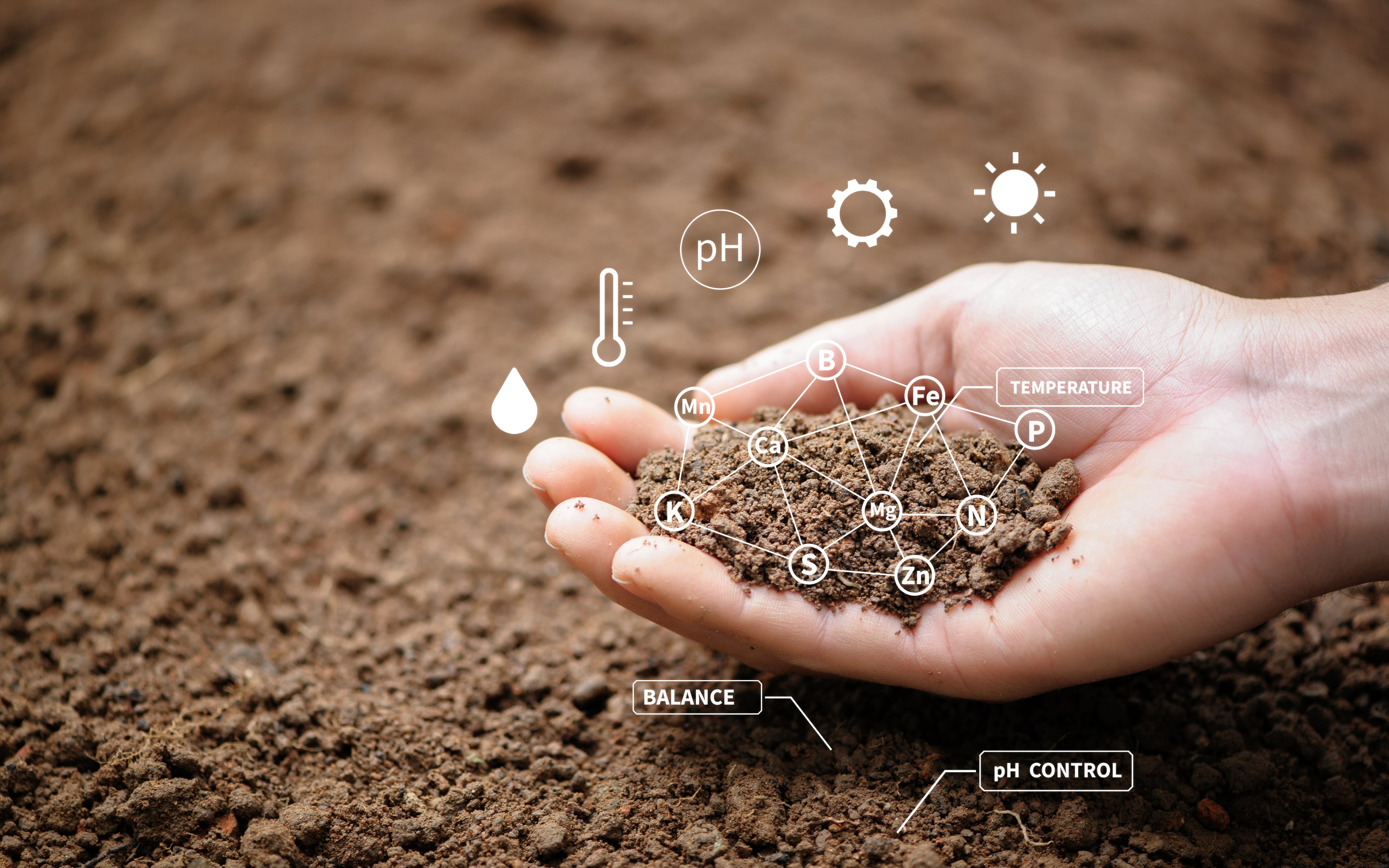How to Start Organic Gardening: Beginner Methods

Are you ready to dig into the world of organic gardening but feeling a bit overwhelmed? Imagine transforming your backyard into a lush, sustainable oasis where you can grow fresh, healthy produce without the use of harmful chemicals. Sounds like a dream, right? Well, it's not as daunting as you might think. Let's dive into the basics of organic gardening methods for beginners and turn that dream into a reality.
Understanding Organic Gardening
What is Organic Gardening?
Organic gardening is a method of growing plants without the use of synthetic fertilizers, pesticides, or other artificial chemicals. It focuses on sustainable practices that promote soil health, biodiversity, and environmental conservation. Think of it as a partnership with nature, where you work with the natural ecosystem rather than against it.
Why Choose Organic Gardening?
Organic gardening offers numerous benefits. It's healthier for you, your family, and the environment. By avoiding synthetic chemicals, you reduce the risk of exposure to harmful substances. Plus, organic produce often tastes better and is more nutritious. It's a win-win situation!
Getting Started with Organic Gardening
Choosing the Right Location
The first step in organic gardening is selecting the perfect spot for your garden. Look for an area that gets at least six hours of sunlight daily. Avoid low-lying areas that can become waterlogged, as this can lead to root rot and other issues.
Preparing Your Soil
Soil health is the foundation of successful organic gardening. Start by testing your soil to understand its pH level and nutrient content. You can find soil testing kits at your local garden center or online. Once you know your soil's composition, you can amend it with organic matter like compost to improve its fertility and structure.
Composting: The Heart of Organic Gardening
Composting is the process of recycling organic waste into a nutrient-rich soil amendment. It's like giving your garden a superfood boost. Here's how to get started:
What to Compost
You can compost a variety of materials, including fruit and vegetable scraps, coffee grounds, eggshells, and yard waste like leaves and grass clippings. Avoid meat, dairy, and diseased plant materials, as they can attract pests and introduce pathogens.
How to Compost
Start with a compost bin or pile. Layer green materials (like grass clippings and kitchen scraps) with brown materials (like leaves and straw). Keep the pile moist and turn it regularly to aerate it. Over time, the materials will break down into a dark, crumbly substance that's perfect for enriching your soil.

Organic Pest Control
Pests are a natural part of gardening, but you don't need harsh chemicals to keep them at bay. Here are some organic pesticide methods:
Companion Planting
Some plants naturally repel pests. For example, marigolds can deter nematodes (microscopic worms), while mint and rosemary can repel ants and flies. Planting these alongside your vegetables can help keep pests away.
Beneficial Insects
Not all insects are bad. Ladybugs, lacewings, and praying mantises are just a few examples of beneficial insects that can help control pest populations. You can attract these helpful critters by planting flowers that provide nectar and pollen.
Natural Pesticides
There are several natural pesticides you can use, such as neem oil, diatomaceous earth, and soap sprays. These are effective against a variety of pests and are much safer for the environment and your health.
Sustainable Gardening Practices
Water Conservation
Water is a precious resource, and sustainable gardening practices aim to conserve it. Use mulch to retain soil moisture and reduce evaporation. Install a rain barrel to collect rainwater for watering your plants.
Crop Rotation
Rotating your crops helps maintain soil health and prevents the buildup of pests and diseases. Each season, plant different types of vegetables in different areas of your garden. This practice ensures that the soil doesn't become depleted of specific nutrients.
Cover Crops
Planting cover crops like clover or rye can improve soil health by adding organic matter and preventing erosion. These crops also help suppress weeds and can be tilled into the soil to enrich it.

Beginner Guide to Planting
Choosing the Right Plants
Start with easy-to-grow plants like tomatoes, lettuce, and herbs. These are great for beginners and can provide a quick sense of accomplishment. As you gain experience, you can expand your garden to include more challenging plants.
Planting Techniques
Follow the seed packet instructions for planting depth and spacing. Make sure to water your plants regularly, especially during dry spells. Use organic fertilizers like compost tea or fish emulsion to give your plants a nutrient boost.
Harvesting and Storing
Harvest your produce when it's ripe and ready. Many vegetables can be stored in the refrigerator for a few days, while others can be preserved through canning, freezing, or drying.
Conclusion
Organic gardening is a rewarding journey that connects you with nature and provides fresh, healthy produce. By focusing on soil health, composting, organic pesticides, and sustainable practices, you can create a thriving garden that benefits both you and the environment. So, grab your gardening gloves and let's get started!
FAQs
What are the benefits of organic gardening? Organic gardening offers numerous benefits, including healthier produce, reduced exposure to harmful chemicals, and environmental conservation. It also promotes soil health and biodiversity.
How do I start composting? Start by collecting organic waste like fruit and vegetable scraps, coffee grounds, and yard waste. Layer these materials in a compost bin or pile, keeping it moist and turning it regularly to aerate it. Over time, the materials will break down into nutrient-rich compost.
What are some natural pesticides I can use? Natural pesticides include neem oil, diatomaceous earth, and soap sprays. These are effective against a variety of pests and are safer for the environment and your health.
How can I conserve water in my garden? Use mulch to retain soil moisture and reduce evaporation. Install a rain barrel to collect rainwater for watering your plants. Additionally, choose drought-tolerant plants and water your garden during the cooler parts of the day to minimize evaporation.
What are some easy-to-grow plants for beginners? Easy-to-grow plants for beginners include tomatoes, lettuce, and herbs. These plants are relatively low-maintenance and can provide a quick sense of accomplishment. As you gain experience, you can expand your garden to include more challenging plants.
0 Response to "How to Start Organic Gardening: Beginner Methods"
Post a Comment